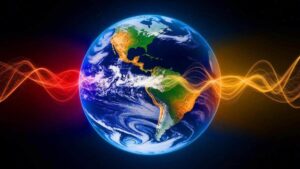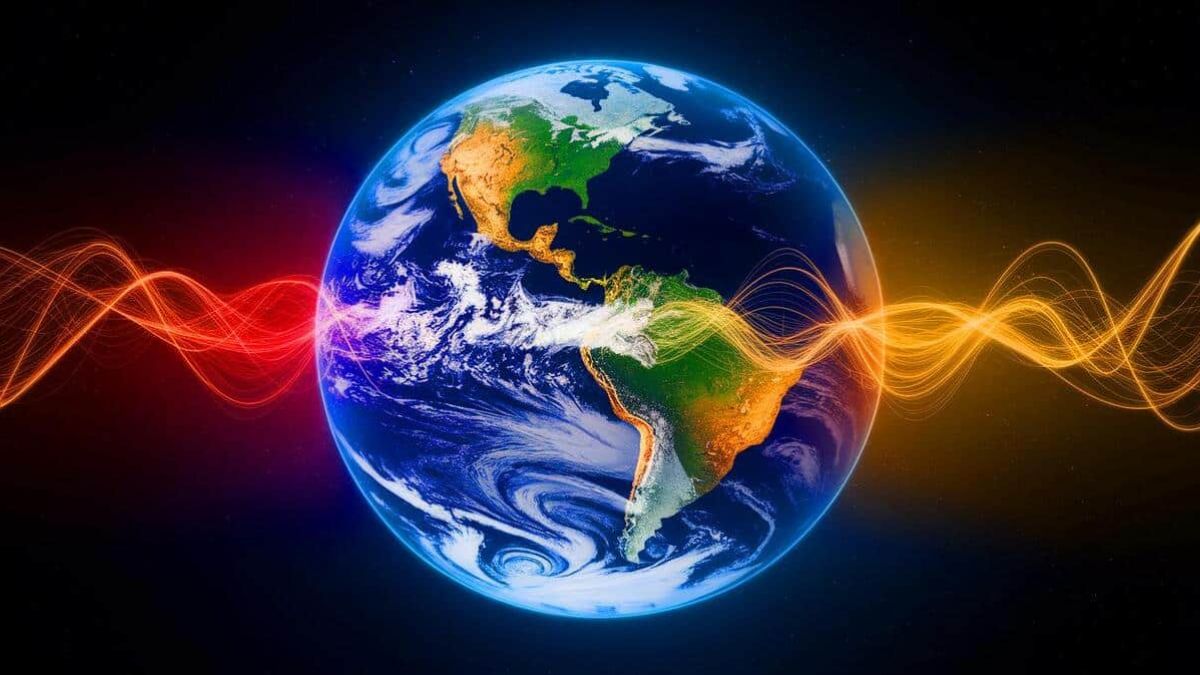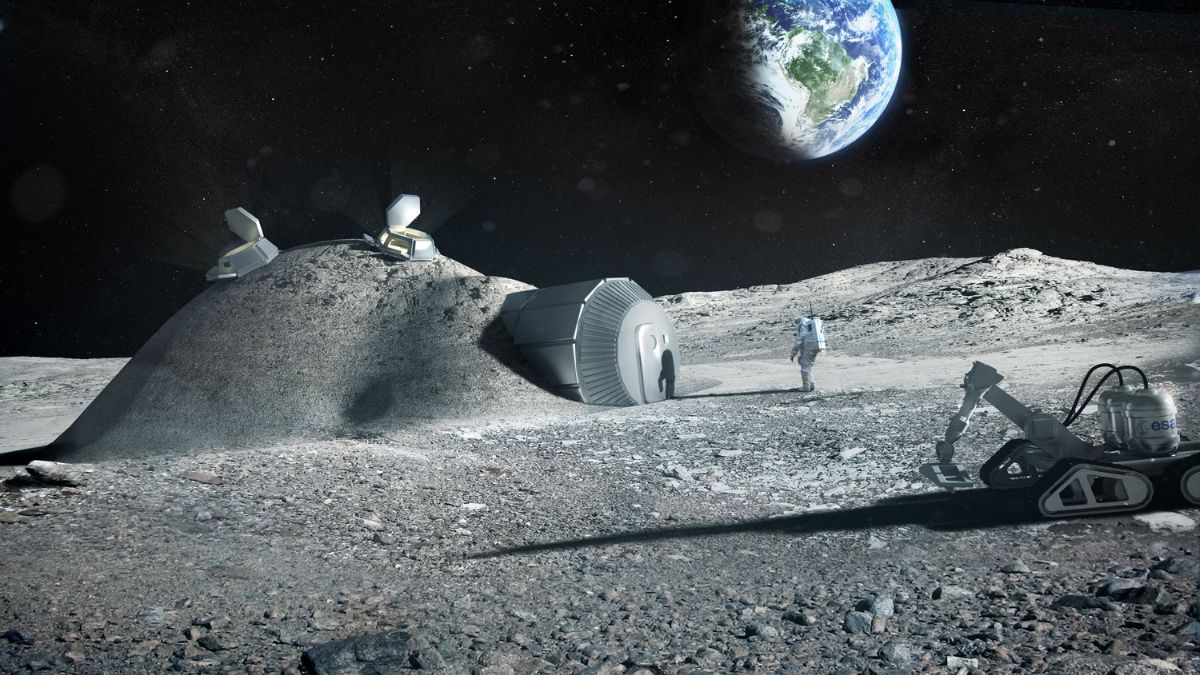For decades, astronomers believed they had a decent handle on how matter in the universe was distributed. Stars, planets, galaxies, gas—this was what we called “ordinary matter,” or more precisely, baryonic matter. But here’s the catch: when scientists tried to do the math, the numbers didn’t add up. A huge chunk of this ordinary matter was simply missing. It wasn’t in stars, it wasn’t in planets, and it wasn’t hiding in gas clouds we could detect. So where was it?
Flashlight
Enter a surprising new tool: Fast Radio Bursts, or FRBs. Think of these like cosmic flashlights—super-quick, powerful bursts of radio waves that travel across the universe in milliseconds. They come from billions of light-years away, and while we still don’t know exactly what causes them, one thing’s for sure—they’re insanely useful.
As these FRBs race through space, their signals slow down ever so slightly. Why? Because they’re moving through matter. And the more matter they pass through, the more delayed they become. Scientists realized they could use this delay to measure what’s floating between galaxies.
So, researchers from Caltech and the Harvard-Smithsonian Center for Astrophysics started using FRBs as cosmic yardsticks. Using data from 69 well-localized FRBs—meaning their home galaxies and distances are known—they were able to measure the density of matter between galaxies for the first time.
Discovery
Here’s the big reveal: about 76% of all ordinary matter in the universe isn’t in stars or galaxies at all. It’s floating between galaxies in the form of ionized gas—basically super-hot, electrically charged particles drifting through space.
Here’s how the rest of ordinary matter breaks down:
| Location | % of Ordinary Matter |
|---|---|
| Intergalactic Medium (IGM) | 76% |
| Hot Gas Halos Around Galaxies | 15% |
| Inside Galaxies (stars, planets) | ~9% |
This isn’t a wild guess—it matches up almost perfectly with predictions from computer simulations of the universe. The only difference now? We have direct evidence to back it up.
Structure
What does this mean for our understanding of the cosmos? For one, it helps explain why we couldn’t find so much matter before. We were looking inside galaxies, when most of it was actually floating in between them. It’s like trying to measure the amount of water in an ocean by only looking inside the fish.
The discovery also shows just how interconnected everything is. These streams of gas between galaxies—called the cosmic web—act like highways, feeding material into galaxies and helping them grow. They also affect how light travels through the universe and how violent events like supernovas or black holes ripple through the cosmic environment.
Potential
This breakthrough opens the door to even more mind-blowing discoveries. With this level of detail, scientists may finally be able to study the elusive neutrino—a ghostly particle that’s everywhere but incredibly hard to detect. Understanding its mass could take us beyond the current boundaries of physics.
And we’re just getting started. A new project called DSA-2000 is underway in the United States. Once it’s online, it’s expected to detect up to 10,000 FRBs every year. That would let scientists map the cosmic web in even greater detail. Imagine pairing that with data from the James Webb Space Telescope, which recently spotted over 800,000 galaxies. It’s like building a 3D Google Maps of the universe.
The mystery of missing matter might be solved, but the universe clearly has many more secrets left to uncover. With tools like FRBs and powerful observatories working together, we’re finally beginning to trace the fine threads of the cosmos—and we’re just scratching the surface.
FAQs
What are Fast Radio Bursts (FRBs)?
They’re quick, powerful radio flashes from deep space.
How did scientists find missing matter?
They used FRB signal delays to detect gas between galaxies.
Where is 76% of ordinary matter?
Floating as ionized gas in the intergalactic medium.
What is the DSA-2000?
A new project to detect 10,000 FRBs per year.
How much ordinary matter is inside galaxies?
Only about 9% is within stars, planets, and gas clouds.























